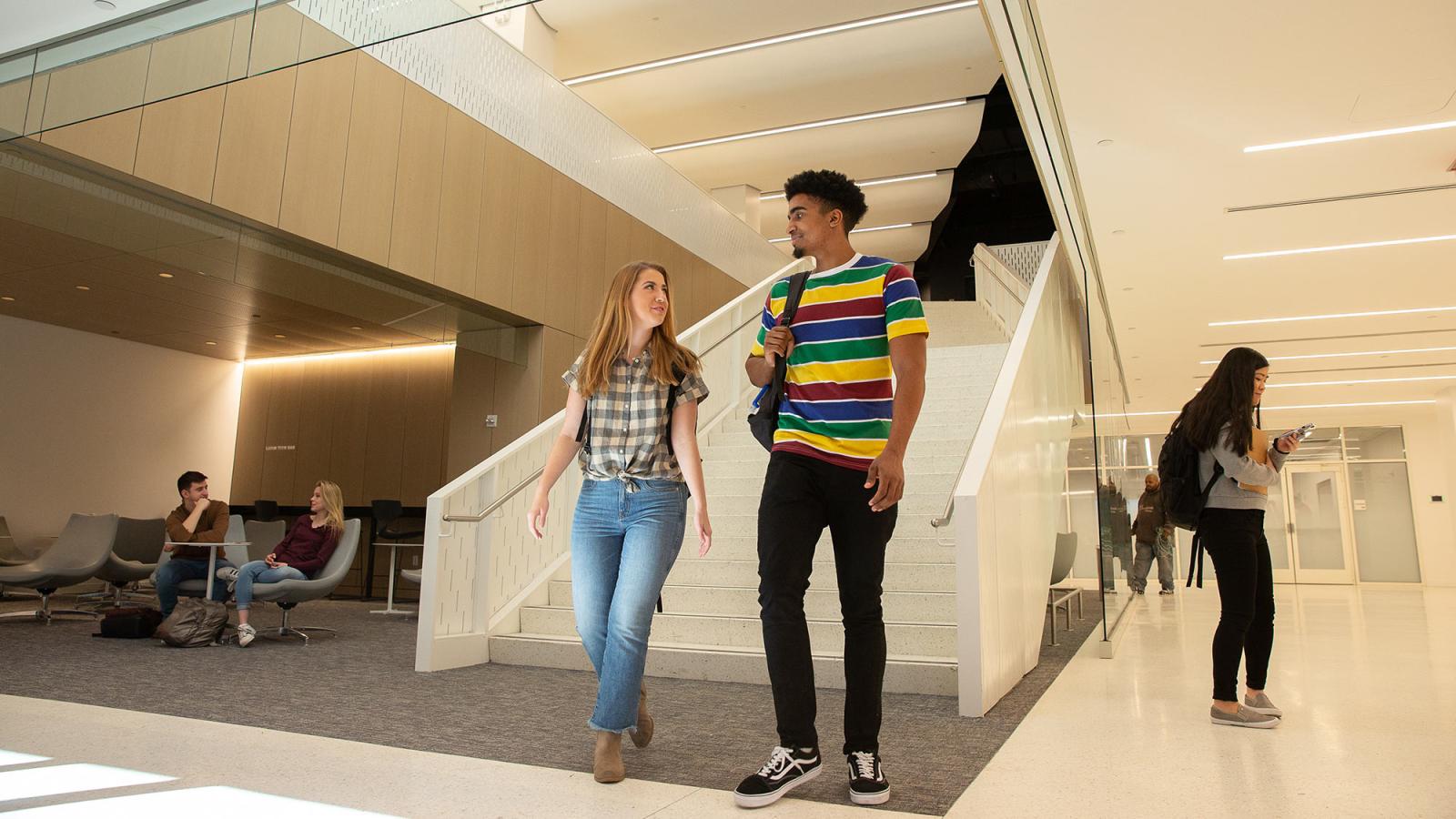Narrative
When Pace University Athletic Department facilities are filled for home games, partner events, and University-wide activities, millions of dollars of economic activity are generated through ticket sales, direct University support, tournament fees, royalties, and licensing. This spending and attendance creates a ripple effect in the economies of Pleasantville, Westchester County, and the Hudson Valley region as Pace University visitors and fans spend at restaurants, hotels, retail stores, gasoline service stations, and other community businesses on their way to and from games and hosted events.
Economic Impact
Athletic department spending and spending by fans and visitors who attend Pace University athletic facilities hosted games and events generate a substantial economic impact on Pleasantville, Westchester County, and the Hudson Valley Region.
In total, the estimated overall annual economic impact of the Pace University Athletic Department on the regional economy amounts to $33.8 million in increased output, $13.4 million in earnings, and 291 jobs1. This can be broken down into two major areas of impact: University Spending and Visitor Spending.
University Spending: In the 2017 fiscal year, our athletics expenditures were nearly $11 million, contributing $2.9 million in salaries and benefits. The multiplier effect, or secondary impact, of Pace athletics expenditures, as determined by the Regional Input-Output Modeling System (RIMS II) developed by the Bureau of Economic Analysis of the U.S. Department of Commerce, generates an estimated $22 million in increased economic output, $9.8 million in earnings and 186 additional jobs.
Visitor Spending: In fiscal year 2018, events hosted by the Athletics Department drew 142,487 attendees. Visitors spent over $5.4 million at restaurants, hotels, retail stores, and other community businesses. The secondary impact of visitor spending generates an estimated $11.7 million in economic output, $3.6 million in earnings and 105 full-time equivalent jobs.
Putting it all Together
Pace University Athletics has been an important neighbor to the Pleasantville and Westchester communities for many years – and indeed it serves as a strong economic vehicle generating nearly $34 million in economic impact in the area.
Methodology
In order to define the economic impact of Pace University’s Athletic Department, we looked at several measures and estimates including the overall operating budget for the Athletics Department and number and profile of visitors to Athletics Department hosted events. We calculated the multiplier effect, or secondary impact, of Pace NYC expenditures as determined by the Regional Input-Output Modeling System (RIMS II) developed by the Bureau of Economic Analysis of the U.S. Department of Commerce.
Departmental Spending and Multipliers
Economic multipliers obtained from the Bureau of Economic Analysis were used to estimate indirect and induced impacts on the Westchester economy. In order to estimate how Pace Athletics expenditure contributed economic activity in the region, we applied output, earnings, and employment multipliers associated with the industry Spectator Sports- 711200 According to the BEA:
- Output represents the total dollar change in output that occurs in all the industries for each additional dollar of output delivered to final demand by the Industry corresponding to the entry
- Earnings represents the total dollar change in earnings of households employed by all industries for each additional dollar of output delivered to final demand by the Industry corresponding to the entry
- Employment represents the total change in number of jobs that occurs in all industries for each additional 1 million dollars of output delivered to final demand by the industry corresponding to the entry
These multipliers were applied to the Athletics expenditure of $11 million to determine the indirect and induced impact University spending contributed to the major industries.
Visitors and Fans
In accordance with comparable reports, to determine the economic impact of visitor spending we obtained actual and estimated numbers of visitors from the Athletics Department and the Department of Special Events, along with estimates of the number of “out of town” visitors to the external events hosted. To calculate the ratio of out-of-town attendees at University-wide events, we used current enrollment data on students’ hometowns to estimate the number of daytrip and overnight visitors. We analyzed the number of attendees, visitors, and fans for three major categories of events:
1) External events hosted at Athletics Department facilities (e.g., NCAA Championships, High School Graduations)
2) University-wide events hosted at the Athletics Department facilities (i.e., visitor-attracting events which would be held off-campus if not for the Athletics Department facilities, e.g. commencement ceremony)
3) Athletics Department events (i.e., sporting events of the Pace Setters)
Primary data for Fan Spending was not available for the purposes of this report. In an effort to calculate this, we turned to similar economic impact reports with a recorded estimate of fan/visitor spending. We looked at a total of 10 reports and a consensus was made on 3 sources2, averaging the estimate given for local, out-of-county and overnight visitor spending, producing the following estimates:
- Local: $42.80
- Out-of-Town Day trip: $83.00
- Out-of-Town Overnight: $252.50
Total visitor spending was estimated to be $5.4 million. Multipliers for Performing Arts, Spectators Sports, and Related Activities: Industry Code 59 were applied to the direct visitors spending to determine economic impact.
1According to the BEA: Output represents the total dollar change in output that occurs in all the industries for each additional dollar of output delivered to final demand by the Industry corresponding to the entry; Earnings represents the total dollar change in earnings of households employed by all industries for each additional dollar of output delivered to final demand by the Industry corresponding to the entry; Employment represents the total change in number of jobs that occurs in all industries for each additional 1 million dollars of output delivered to final demand by the industry corresponding to the entry.
2US General Services Administration FY19 Per Diem Rates for Zip 10570; National Park Service 2017 National Park Visitor Spending Effects; 2012 Pace Athletics Economic Impact Report with CPI Adjustments made
